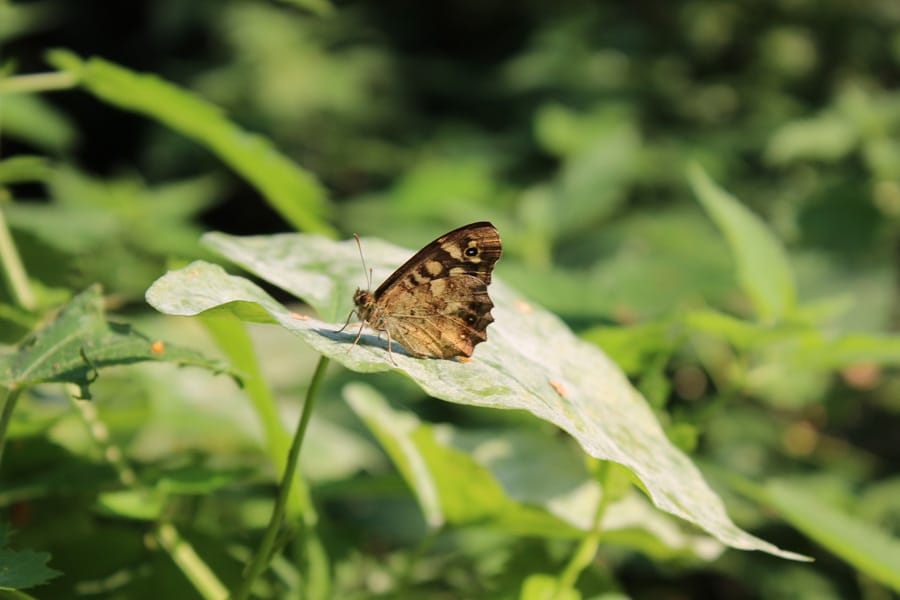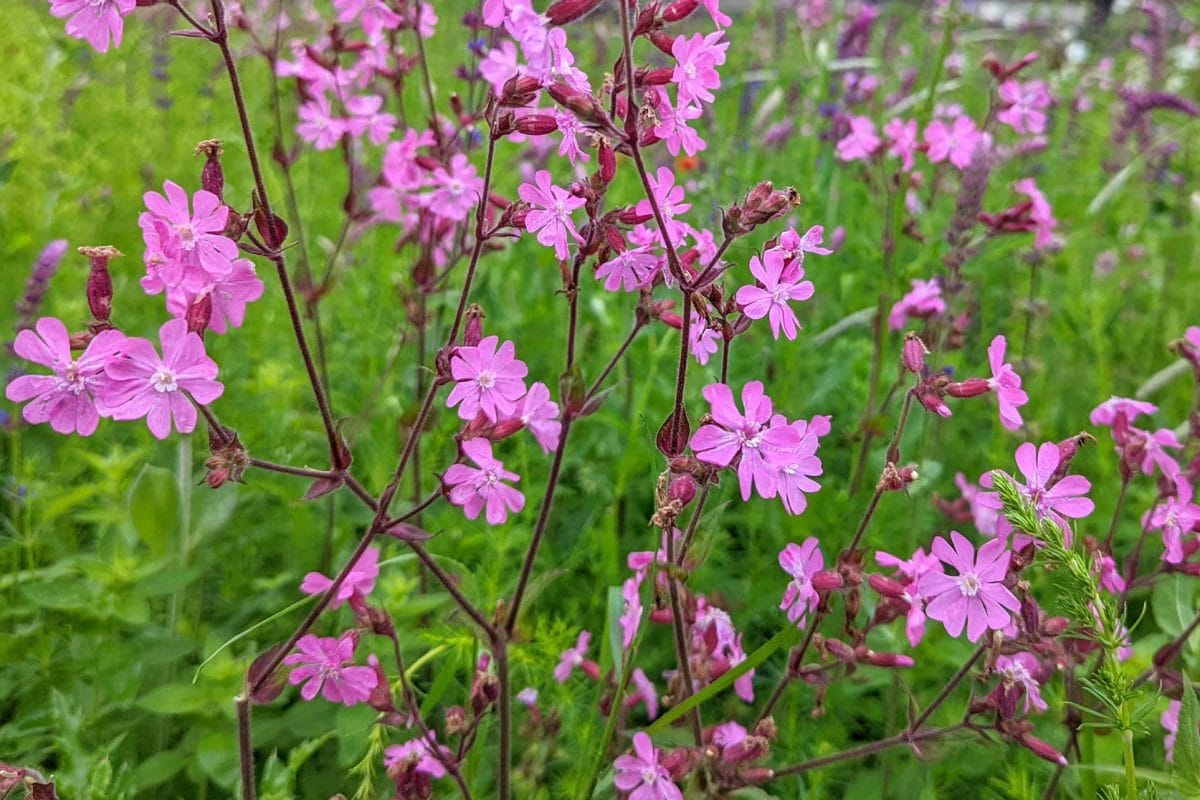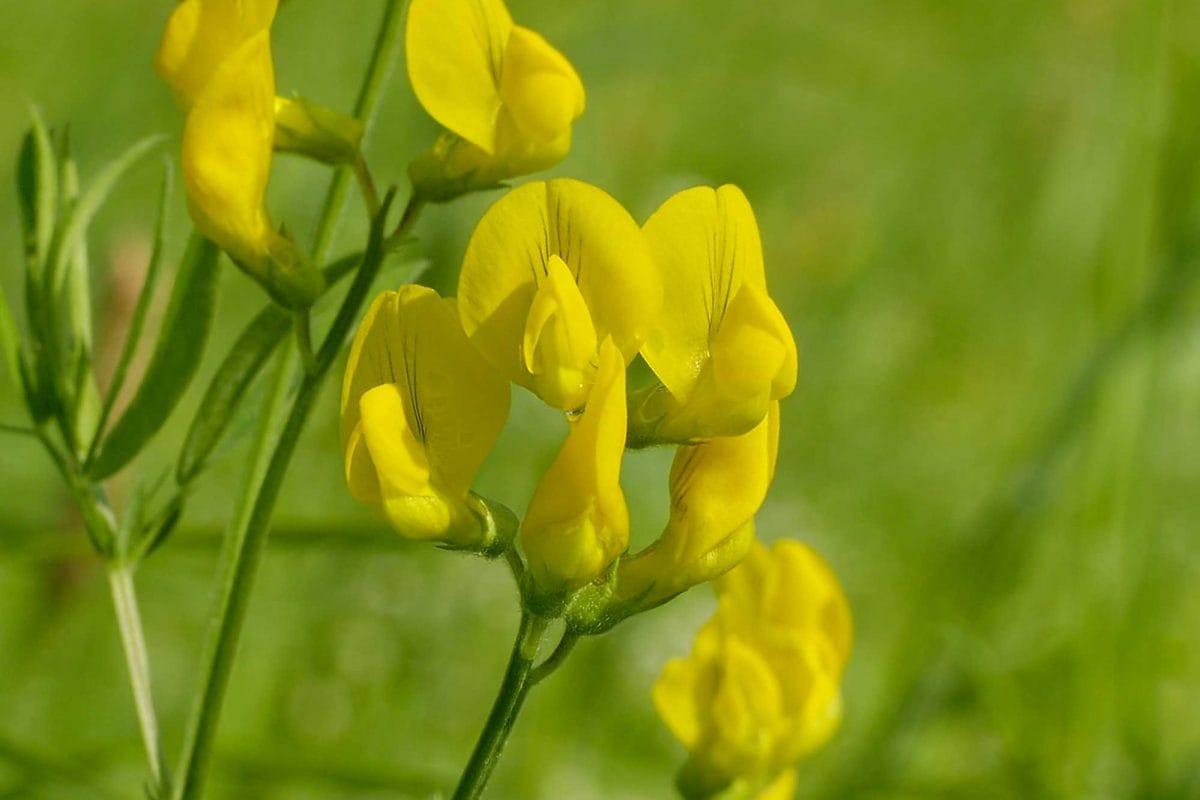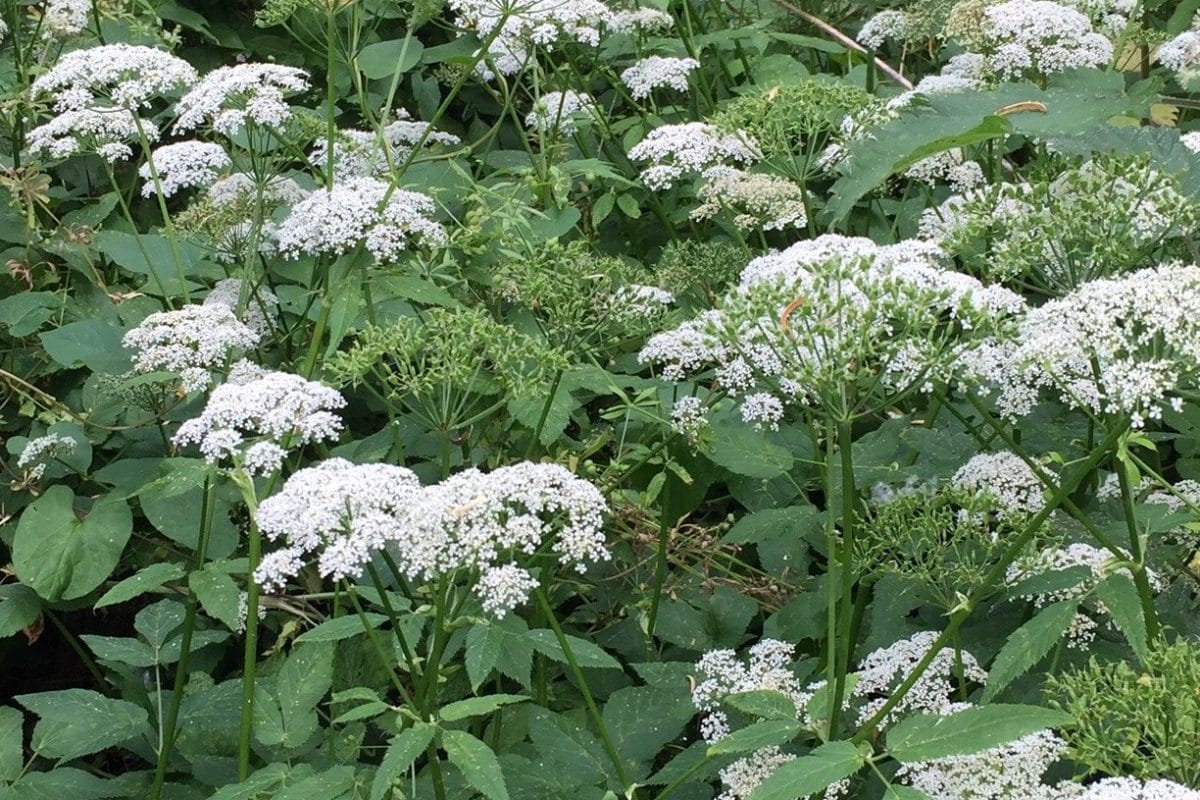How many flowers can you identify? Daisy? Hopefully. Dandelion? Yes. Buttercup? Yes, probably, but do you know which species of buttercup? I bet you don’t!
Flowers are difficult. We are not taught their names at school, and few of us are lucky enough to have had herbalist grandparents who took us foraging down winding Devon lanes.
But the great thing about flowers (and the insects who feed on them) is they are everywhere. No one in London can say there are no flowers where they live. They are on the pavement, at the edges of your school playground, in the middle of the railway line. And yes, of course, along the Horniman Nature Trail.

The Nature Trail is a good place to learn the common UK wild flowers. It is a smallish area, with a few different habitats (pond, woodland, meadow), and you are not overwhelmed by rarities.
I am sad to report that some botanists and field guides can make learning about flowers very boring.
Learning the anatomy and terminology – sepals, episepals and bracteoles and so on – is not interesting for most of us. The use of botanical ‘keys’, tiresome algorithms which never work based on obscure and ambiguous characteristics, make flower ID is complicated, when actually it isn’t.
When I see a new flower, I want to know a few things.
First, what is it? Second, how does it fit in to its environment? Who feeds on it, who lays their eggs on it, and so on.
And, lastly, are there any interesting facts about it?
As we evolved, humans would have needed to know what different plants were. Doing so was essential to survival. Some you could eat, some were poisonous, while others could be used for medicine.
Did our ancient ancestors have access to botanical keys or irritating botanists counting the number of petals with a hand lens? No! In those days your mum or grandad would tell what a flower was and what it was used for and you would remember it.
Humans have the inbuilt mental apparatus to use visual memories to identify things by sight, quickly and accurately. Think how most of us can identify hundreds of our relatives, work colleagues, friends, and people behind the counter at the greengrocers. When I see my daughter walking on the other side of the road, I don’t need measure the length of her nose or size of her ear lobes to confirm the fact that it is her.
Tips
So, my first tip, to start with at least, is to forget the anatomy and forget the botanical keys. Look closely and with curiosity, and make sure that the identification process is fun. How? As a beginner botanist I have a few tips:
Get a good book
For me Harrap’s Wild Flowers (by Simon Harrap. Bloomsbury Wildlife, 2013.) is the best. It has photos that look like the flower in front of you, it does not use a botanical key and the descriptions are clear. This book has given me so much pleasure over the last two or three years; I cannot recommend it highly enough.
Get a good app
I was cynical about apps but now I am a complete convert to one called PlantNet (or in the app store). Take a photo of your flower, show it to the app, and often it will give you the correct answer. I always try the book first. The process of browsing and reading is fun, and makes you learn. But if you’re stuck, or want confirmation that you’re right, use an App.
Of course, you have to use a bit of common sense when using apps. If PlantNet tells you that funny looking plant on the Nature Trail is a prickly pear cactus, it’s probably wrong!
Practice
Start on the pavement outside your door as you walk to the shops. See how many flowers you can identify from the bus window on your way to work. Look at your neighbour’s wall. You get the idea.
Here are a few of the less obvious flowers I found on the Nature Trail recently in June; see if you can find them too, then see if you can find some of your own.
Flowers to spot on the Nature Trail
Red Campion (Silene dioica)

Red Campion brightens many a shady corner in our countryside parks and gardens. It really prefers light shade, so it’s often found on the edges of woodland, clearings, and under hedgerows. So there are many spots suitable for it on the Nature Trail.
Have a look at the edges of the meadow area. It’s a lovely plant, long-flowering and much used by butterflies – orange tip, brimstone and large and small whites – as a food plant.
Meadow vetchling (Lathyrus pratensis)

This is a scrambling plant of grassland, meaning that it gently climbs up other plants to reach the sun, rather like those irritating people at music festivals who climb onto each other shoulders and block the view of those standing behind!
Like the winter heliotrope, who we met in an earlier blog it can reproduce in two ways, by pollination (sexual reproduction) or by spreading through underground stems called rhizomes. Look out for it in the log pile by the pond and in the uncut parts of the meadow.
Ground elder (Aegopodium podagraria)

Ground elder was apparently introduced by the Romans. It likes the damp so its quite happy in the UK. You won’t have any problems finding this one (clue – it likes damp places). It’s not related to the elder whose flowers we use to make elderflower cordial, although its leaves and flowers do bear a passing resemblance.
Some gardeners hate it as it has deep roots making it almost impossible to get rid of, and it spreads vigorously using runners (similar to the rhizomes of the meadow vetchling). In the summer it’s buzzing with insects, so like every living thing on the trail, it has its purpose. And its clean white flowers against racing green foliage look very smart in the shade.
Other resources
Plantlife
Plantlife is the main UK conservation organisation concerned with plants. Join to take part in surveys and learn more through their informally written magazine.
The South London Botanical Institute
The South London Botanical Institute, despite its rather formal name, is very friendly and welcoming to beginners and offers online and in-person talks aimed at all levels. Also, you can take part in field trips where you can learn from enthusiasts and others who love flowers.


